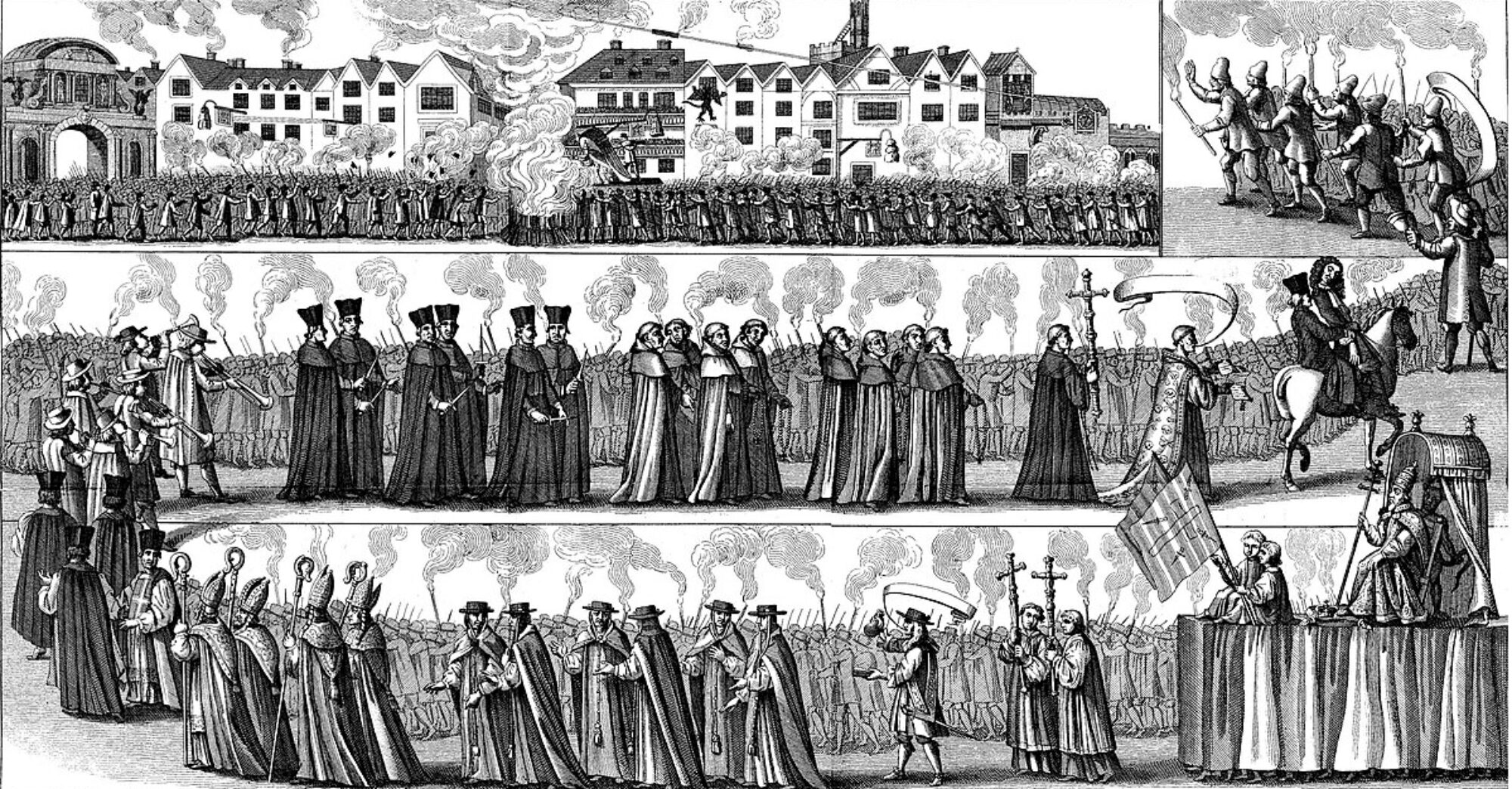Writing grants and teaching, not to mention trying to get some actual research done, has taken up a considerable amount of my time this quarter. I mean, sheesh, I’ve barely had any time to read! This has, of course, made me grumpy. So when the publisher of The Drunkard’s Walk: How Randomness Rules Our Lives by Leonard Mlodinow offered me a review copy of the book, I was very happy. I mean, I love probability and I love, um, well….you know 🙂
Continue reading “Drunkard's Tennis and the Advice of Winners”
Lies, Damn Lies, and New York Times Graphics
The New York Times has a policy on anonymous sources. Great! But do they have a policy on statistics? They certainly need it. I mean, take a look at the graphic from an article on women and smart phones:
Continue reading “Lies, Damn Lies, and New York Times Graphics”
WTFA to LOLCAT Conversion
What I drew on the whiteboard during today’s final:
School's Out For Summer…Almost
Today is the final exam for the course I’ve been teaching this summer. So I need some reading material for when I’m not watching the students take their exam. Here are two fun ones I just downloaded (one via Alea):
arXiv:0803.3913:
The Reverse of The Law of Large Numbers
Authors: Kieran Kelly, Przemyslaw Repetowicz, Seosamh macReamoinn
Abstract:The Law of Large Numbers tells us that as the sample size (N) is increased, the sample mean converges on the population mean, provided that the latter exists. In this paper, we investigate the opposite effect: keeping the sample size fixed while increasing the number of outcomes (M) available to a discrete random variable. We establish sufficient conditions for the variance of the sample mean to increase monotonically with the number of outcomes, such that the sample mean “diverges” from the population mean, acting like an “reverse” to the law of large numbers. These results, we believe, are relevant to many situations which require sampling of statistics of certain finite discrete random variables.
and
arXiv:0806.0485
Complex and Unpredictable Cardano
Aurthor: Artur Ekert
Abstract: This purely recreational paper is about one of the most colorful characters of the Italian Renaissance, Girolamo Cardano, and the discovery of two basic ingredients of quantum theory, probability and complex numbers. The paper is dedicated to Giuseppe Castagnoli on the occasion of his 65th birthday. Back in the early 1990s, Giuseppe instigated a series of meetings at Villa Gualino, in Torino, which brought together few scattered individuals interested in the physics of computation. By doing so he effectively created and consolidated a vibrant and friendly community of researchers devoted to quantum information science. Many thanks for that!
George Soros Meets Kochen-Specker
I’ll admit it: I like reading George Soros’ books. I mean, here’s a guy whose made a godzillion dollars in the financial markets, has been behind political destabilizations/stabilizations worldwide, taken on a U.S. president (can you guess which one?), and yet, in spite of this, can write a book in which he talks his own brand of….philosophy and how it relates to life, the universe, and the current financial crisis. Whah?
Continue reading “George Soros Meets Kochen-Specker”
Chicken Fried Bacon
Vegetarians beware:
Blackberry Hole Grows Larger
Blessed be Mike Lazaridis:
Waterloo, Ontario, Canada, June 4, 2008 – In a new and generous act of personal philanthropy, Mike Lazaridis has provided an additional $50 million (Canadian) to Perimeter Institute for Theoretical Physics (PI). This private donation increases his personal contributions to $150 million in the research institute.
Pacman Roomba
Via Hack a Day, Roomba goes Pacman:
Teaching Generalizations of Probability
Hoisted from the comments, Robin asks:
So, with that in mind, here’s a question. What do you think about teaching quantum mechanics as noncommutative probability theory? In other words, by starting with probability theory and alluding to probabilistic mechanics (e.g., distributions on phase space), and then introducing quantum theory as a generalization of probability.
This is how I think of quantum theory all the time now — and it makes tremendous sense to me. I think it’s how I want to teach it. And I’m curious what y’all think.
Quick, to the Quantum Singularity!
Sometimes you find one that is just so over the top that it brings a smile to your face. It starts out okay,
The doughnut shaped universe spinning about a central axis of quantum singularity
India Daily Technology Team
May 26, 2008
An unexpected patterns in the cosmic microwave background (CMB) – the relic radiation left behind by the Big Bang points to the fact that the universe is donut shaped and finite. The cosmologists are stunned by the fact that cosmologists were surprised to find that longer wavelengths were missing from measurements of the CMB made by NASA’s Wilkinson Microwave Anisotropy Probe.
Okay, so the fact that cosmologists are stunned by the fact that cosmologists are stunned is a bit odd, but looking for nontrivial topologies of the universe in the CMB isn’t crazy. But then, oh boy….
The scientists are now convinced that the universe is finite, doughnut shaped spinning about a central axis of quantum singularity. The quantum singularity keeps the universe stable.
Quick, to the bat mobile so we can go find that quantum singularity. I want to make the universe unstable!
